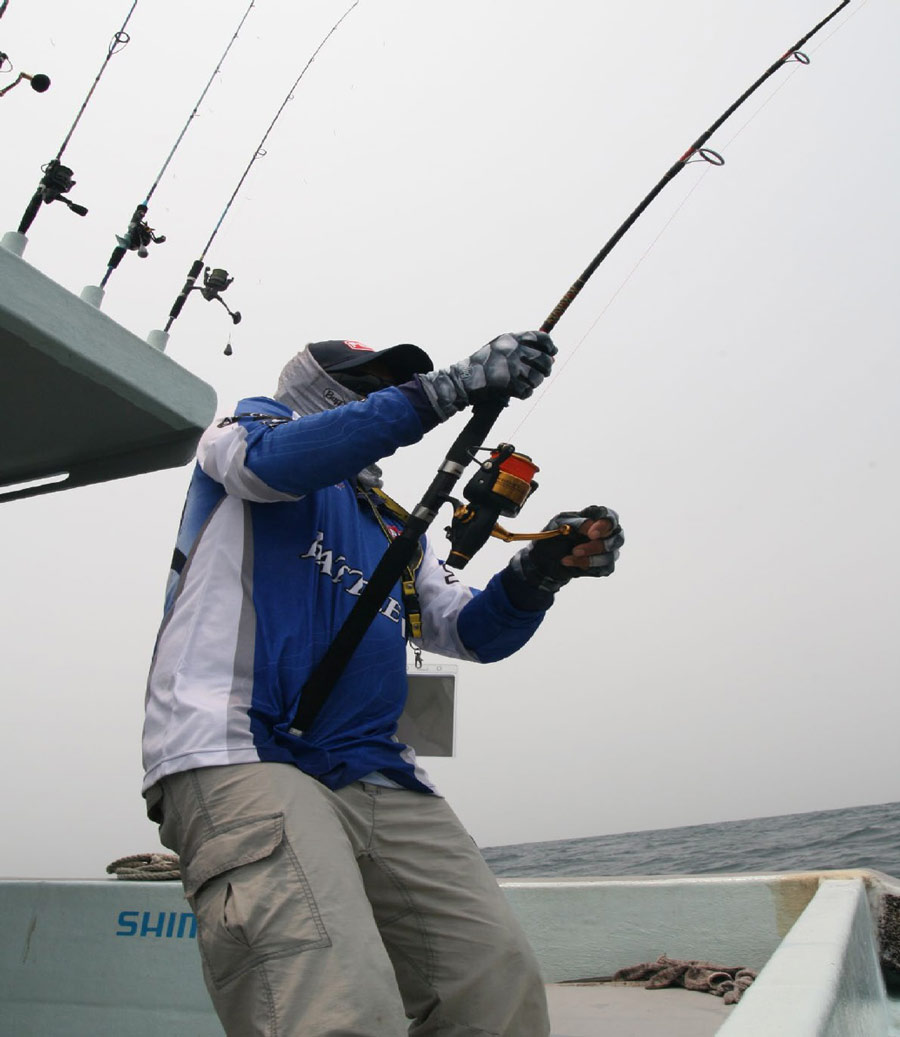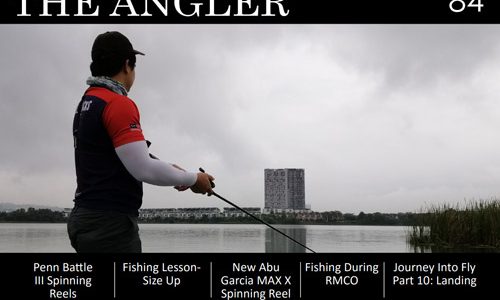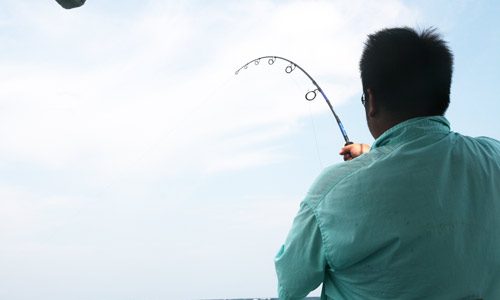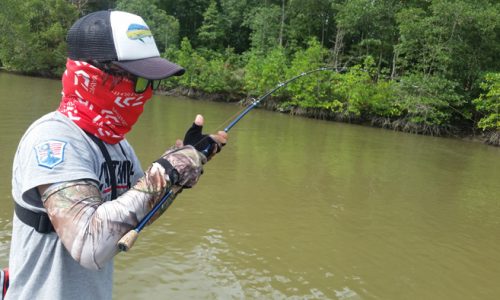Journey To Fly
Basic Fly Presentations – Landing Styles: The Grand Entrance.
By The Angler – Skill Enhancements
[ To splash or not to splash, that is the question ]
I have often said that fly fishing is not just a sport but an art. Look at how a master artist paints a picture. He or she uses different strokes, pressure, and tools to create different effects on a painting. Lighter strokes makes finer lines. Strokes that end with a sort of a flick gives a type of a narrowing ending. Harder strokes gives harder lines. A “poking” or “dotting” kind of stroke gives smaller but more splashy kind of strokes. I am not artist, so I don’t know the terms. But I hope you catch what I am saying.
When it comes to presenting flies, it too is like painting a picture. The artist, in this case the fly angler; casts out a fly in a graceful manner. How the fly travels through the air, how it lands, and what it does when it is in the water is all in the hands of the angler; the artist. It is all in the technique and how one controls the cast.
In this article we take a look at landing presentations. This simply means how one’s fly lands in the water. Will it make plenty of noise, creating disturbance, plenty of vibrations, and in a way; chaos when the fly breaks water? Or will the fly land gracefully making a gentle landing as it touches the surface of the water, like a silent assassin tiptoeing towards his or her target? There are reasons for both of these “landing styles.”

So, how you land a fly?
Making A Grand Entrance
Why on earth would an angler want to make a “grand entrance” or “enter with a bang?” Isn’t silence better? It depends on what we are targeting and where we are fishing. If fishing is all about being quiet, then what is the use of poppers and floating propeller lures? These lures are made to create a racket and to attract to the attention of fishes. A splash also mimics a falling fruit or insect, a leaping baitfish, etc.
So, what can you do to create a splash? This comes down to the angle (trajectory) of your cast, and how fast you bring the fly to the water. The sharper the trajectory, the bigger the splash. A trajectory of 45 degrees will create a bigger splash as compared to that of a gentle 20 degree trajectory. The nearer the cast and the sharper the trajectory, the better the splash.
This is achieved by how you end the forward movement or final movement of your cast. If you end your cast by pointing the rod right down at the water (forward cast ending with the tip pointed down low at the water in one swoop), you will create a nice splash. Spooky fishes nearby will shoot for the weeds or underwater branches, to take cover. Curious angry predators will pay attention and decide whether to attack or not, or may just attack out of reaction.
If you are fishing in a pond that sees a large amount of fishing activities, and where the fishes are easily spooked; you may want to consider a much softer landing approach. But if you are fishing in a wild pond that sees very little fishing activity, then you can give this a go. We will look at how to land a fly softly and quietly in the next issue. Stay tuned.

Contact us
For more information or should your have enquiries, do drop us an email.







